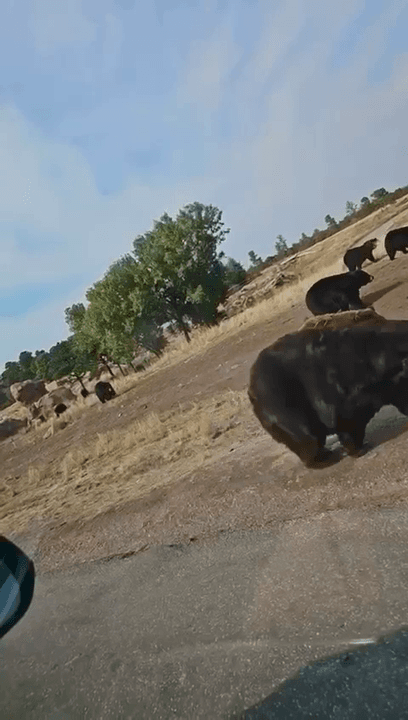
Hunting dogs including the Labrador Retriever, Golden Retriever and English Cocker Spaniel are popular working companions. But they are also very common pets. There are a number of reasons that hunting dogs are in such demand. And why some of our best sporting dogs are also our best pet dogs too. One of the main reasons is that hunting dogs tend to have a very trainable temperament. Much of this goes back to their historical role and purpose as hunting companions. A role that requires physical fitness, intelligence and most importantly, a willingness to cooperate with people
Post: 23 September 10:19
















































